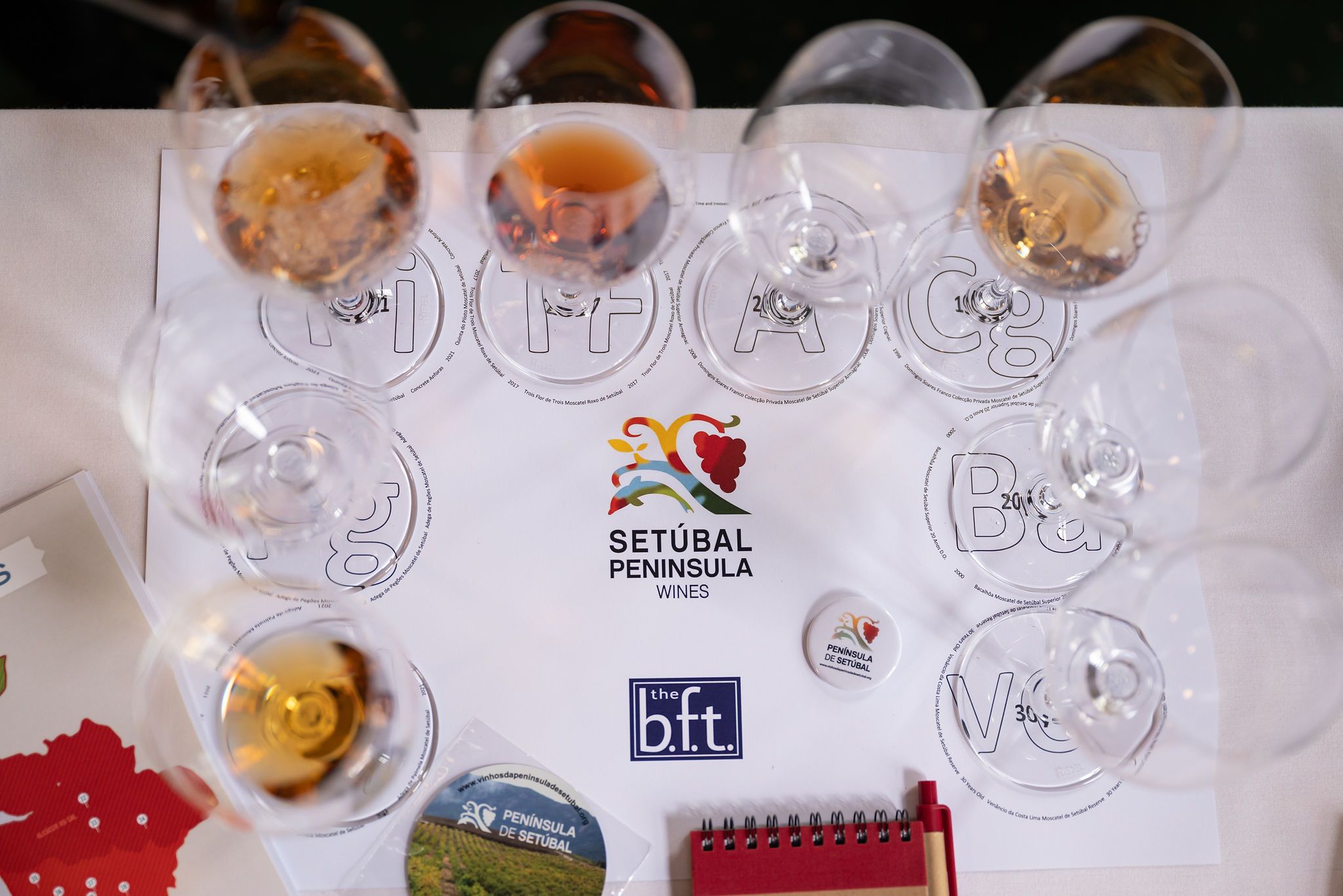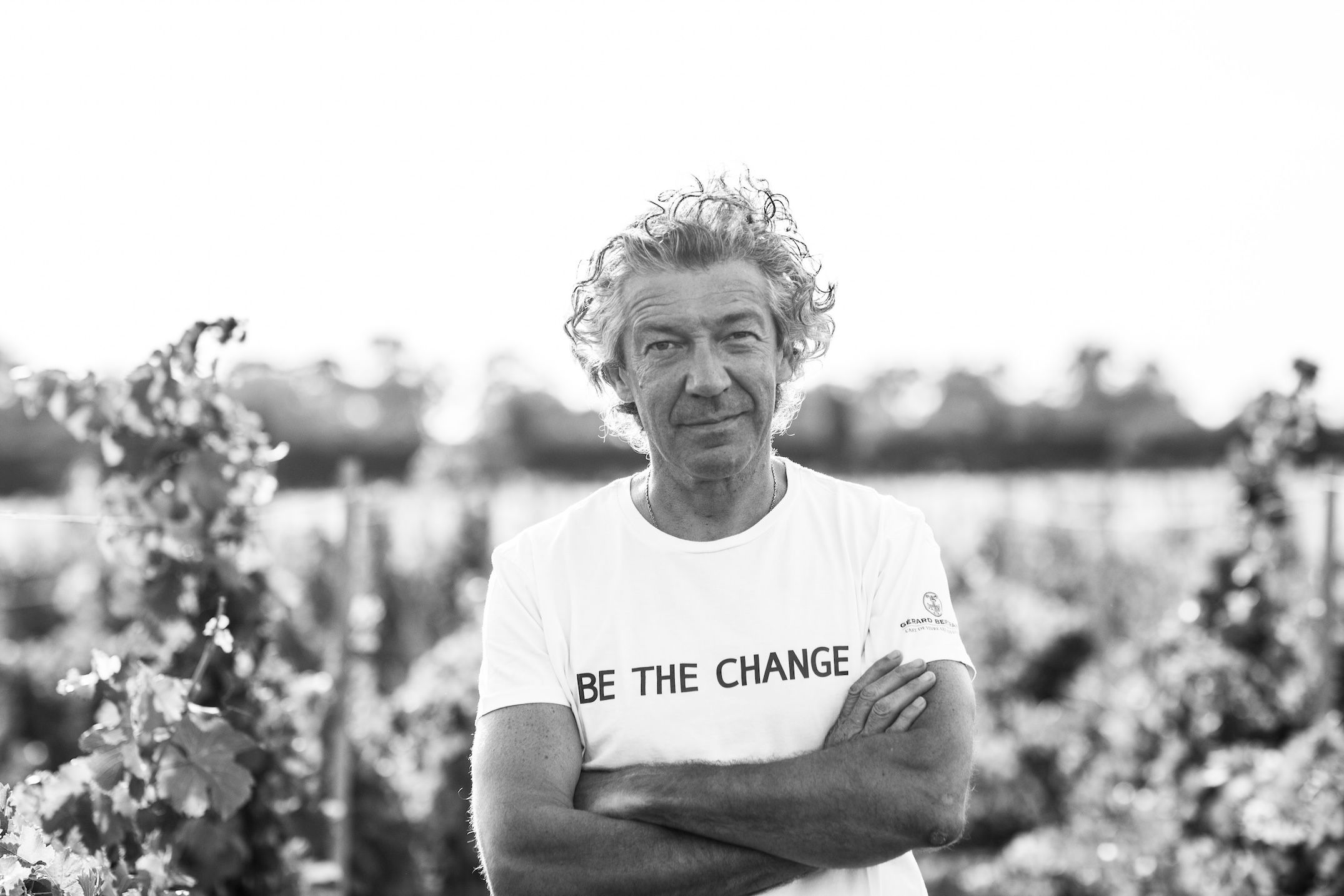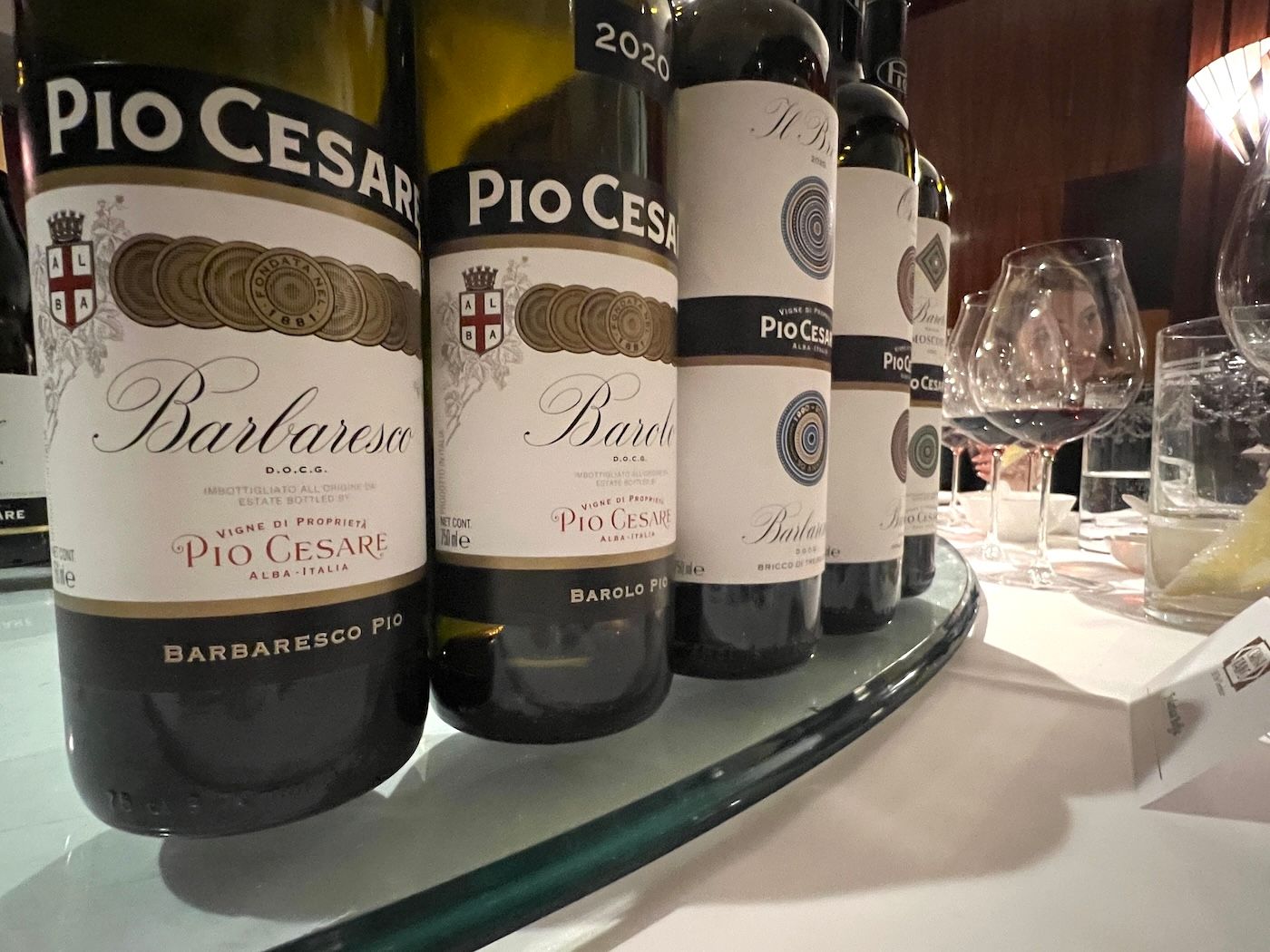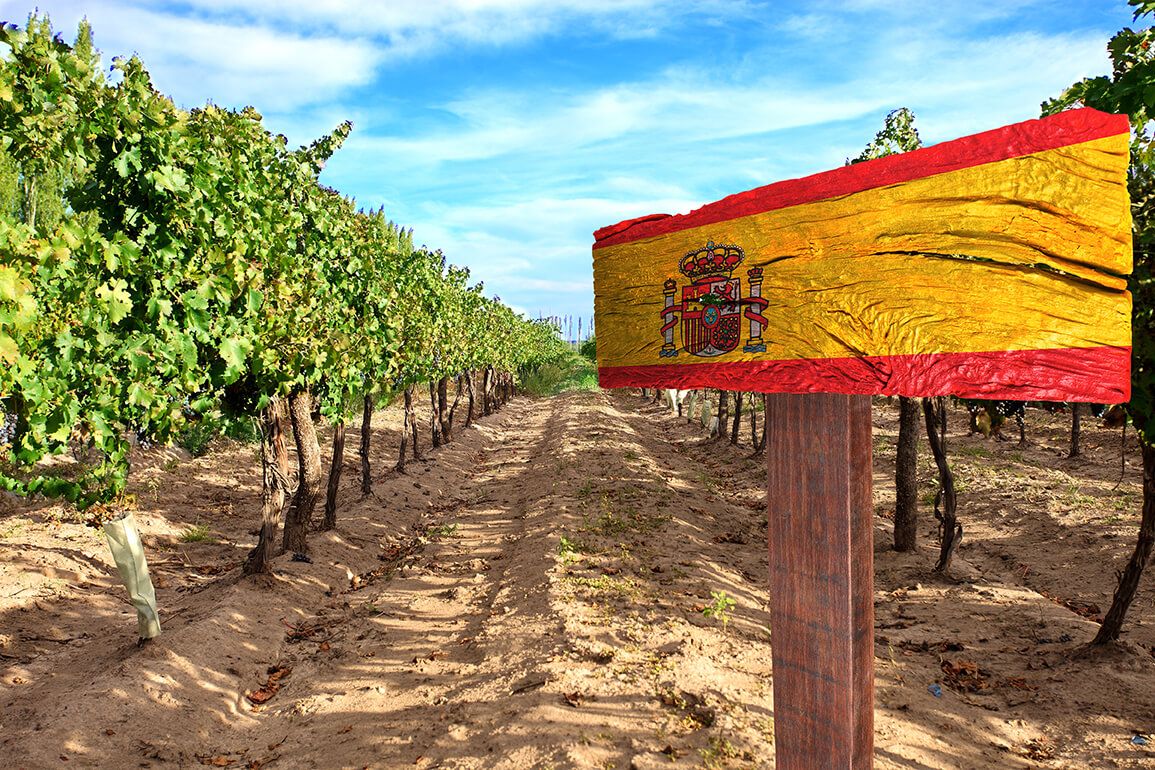When it comes to class-act fortified wines, Portugal has always punched well above its weight, largely as a result of its history as an important seafaring and trading nation that discovered how best to preserve wines during their long voyages. Port and Madeira have for centuries been the stalwarts of civilised drinking the world over, of course, but there is another, much overlooked Portuguese fortified wine that’s now coming out from the shadows and is on fighting form.
Ladies and gentlemen, I give you Setúbal Peninsula Wines the fortified wines of D.O. Setúbal (pronounced shhtoobal), from the Península de Setúbal jutting out into the Atlantic directly south of Lisbon, which were on show at last week’s Big Fortified Tasting and featured in an eye-opening masterclass run by Sarah Ahmed.

So what kind of wines are Setúbal fortified?
These wonderful wines are exclusively made from either Moscatel de Setúbal (Muscat of Alexandria) or the local red Moscatel Roxo de Setúbal (likely a colour mutation of Muscat Blancs a Petits Grains) grapes.
They are made roughly in the same way as other fortified wines, namely by adding spirit to fortify and halt fermentation then ageing, usually in wood for a minimum of 18 months for Moscatel de Setúbal and 36+ months for Moscatel Roxo.
What distinguishes them, however, is the prolonged maceration (typically for three to seven months) after fermentation and fortification which gives tremendously aromatic, flavourful wines that are very approachable when young, and can also age beautifully, sometimes for decades, becoming more complex and sophisticated as the years go by. They are also generally very good value for money.
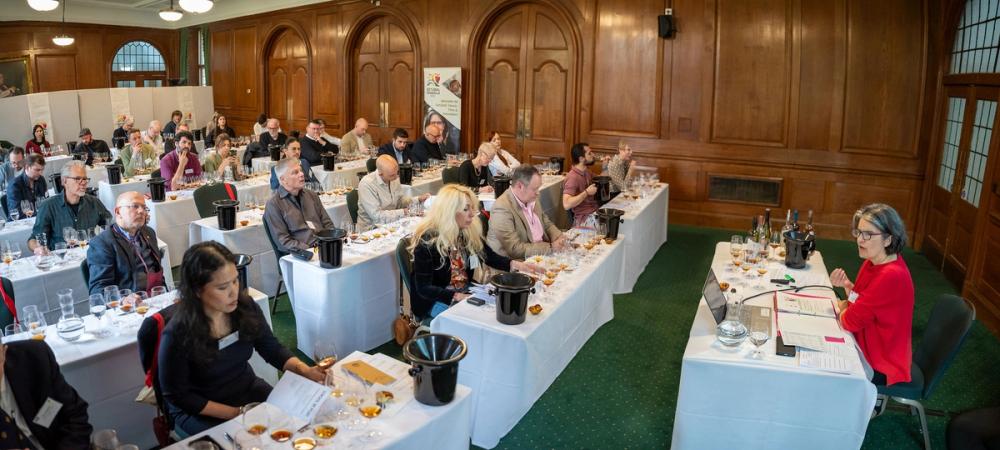
Sarah Ahmed masterclass on Setúbal Peninsula Wines
Ahmed is one of our foremost specialists of Portuguese wines, and chairs the judging panel for the Decanter World Wine Awards “Other Sweet Wines” category - ie not Port and Madeira.
“It means I regularly get to see (wine) flights every year and my panel and I always look forward to them with keen anticipation because they are such expressive and delicious, moreish wines,” she says.
There are two specific terroirs in the region: sandy plains in the east and south, accounting for 80% of total vineyard area, which bring richness and concentration to the wines; and the higher slopes, with clay/ limestone soils, closer to the sea which give fresher, more aromatic wines.
The whole region has many hours of sunshine, but its proximity to the coast and the Sado and Tejo rivers moderates the temperatures and prevents extremes of highs or lows, giving a distinctive saline freshness to all the wines, as well as remarkable consistency.
The wines are made in two styles - “Young”, which have up to five years’ ageing in wood or stainless steel and are attractively fruity and floral, and “Classic” which are generally aged in wood for at least five years and show more concentrated, complex notes of nuts, spice, dried fruits and cigar boxes (remember them?), sometimes with a hint of mint.
These are then categorised as Vintage, Reserva, Superior (requiring an additional five years’ ageing at least), and 10, 15, 20, 25, 30, 35 and 40 Years Old, in which those are the ages of the youngest wines in the blend.
Has their time finally come to shine?
Moscatel de Setúbal is bucking the trend in sales of fortified wines, with production almost doubled since 2000 to nearly 2m litres, and with a healthy 4.3% growth in 2019-23 compared to the 1.4% slump in the global category overall.
Interestingly, this growth is mainly coming from the elusive ‘younger’ drinkers the wine industry largely blames for the worrying decline in global wine consumption who, in Portugal at least, are embracing especially the younger wines.
It’s easy to see why: they are both accessible and affordable, with fewer grapes and categories to understand than Port and Madeira, and they not only are a bullseye match for the ubiquitous pasteis de nata, but also work really well mixed into long drinks and snapped on Instagram.
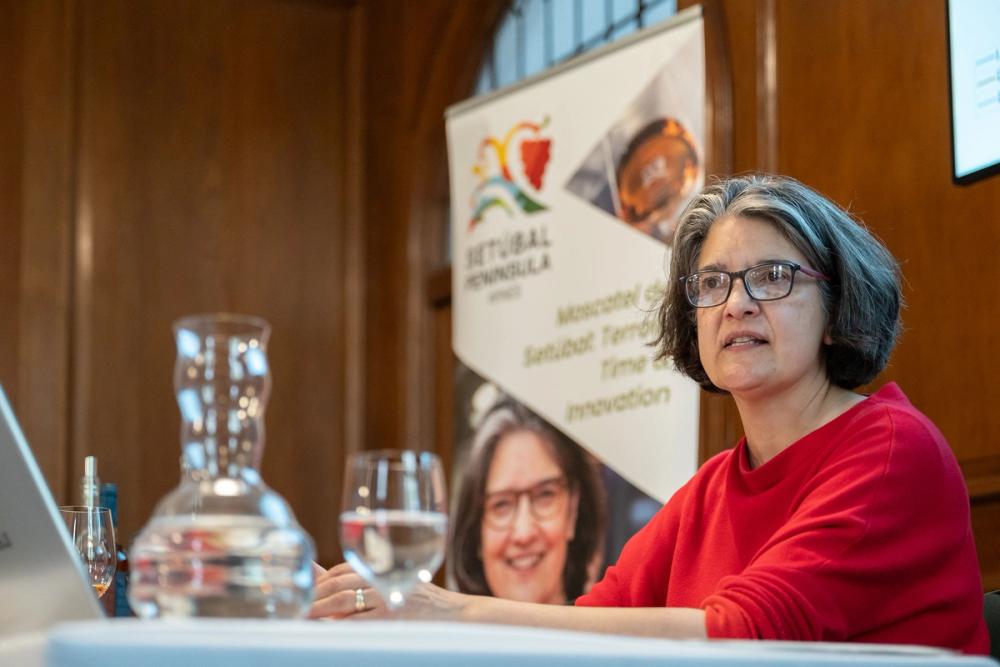
"People love it when they can recognise a wine," Sarah Ahmed.
“It's the New Zealand Sauvignon Blanc of fortified wines, if you like,” says Ahmed. “Easy to identify, so it has inherent popular appeal - I find people love it when they can recognise a wine, or its profile is familiar. And connoisseurs love the history and tradition and the mind-blowing complexity of the older examples.”
These days innovators are experimenting with new production methods, shifting the boundaries of what these exciting wines can achieve. Domingos Soares Franco at José Maria da Fonseca, winemakers since 1834 and the oldest and one of the largest producers in the region, has been fortifying some of his wines with both cognac and armagnac to enhance their fruit-forward nature and give incredible ageing potential.
Filipe Cardoso of Quinta do Piloto plays with different vessels - his latest project is ageing wine in barrels previously used for tequila, rum and aquavit; he hopes to release these later this year.
The domestic market, boosted by tourism, is the largest for these wines, accounting for 75% of sales. Brazil is by far their largest export market; the UK is only eighth in the ranking but the Setúbal Peninsula Regional Wine Commission has set its sights on the UK as a key market for future growth, hence its focus on these wines at the BFT this year.
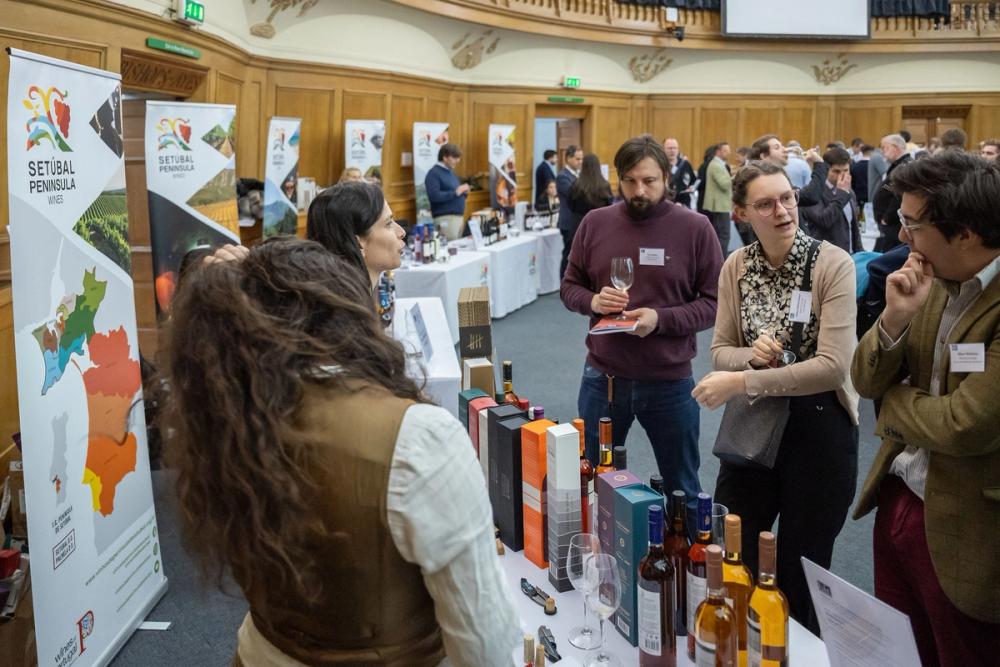
Setúbal producers at this year's Big Fortified Tasting, London
Room for growth
Of the 13 Setúbal producers represented, José Maria da Fonseca and Bacalhoa are perhaps the best known in the UK trade because they are close together and less remote than many smaller producers, so are most likely to be visited on press or trade trips. Having said that, frustratingly few of their wines are available in the UK, as is the case with the other producers on show, many of which currently have no UK representation at all. This is a huge shame.
“Freshness and drinkability is at a premium these days, so Moscatel de Setúbal or Moscatel Roxo de Setúbal - rose fortified! - tick lots of boxes,” say Ahmed, and I agree.
These are very versatile wines that deserve our attention. Yes, they’re great as pastry or pudding wines - especially with anything creamy and/or fruity; they’re also good with chocolate - but they’re also lovely chilled as an aperitif, alone or with roasted nuts, foie gras (or any spiced, porky paté), or even a Sweet-Chilli Kettle crisp.
You can serve them long over ice with soda, tonic or even ginger ale, garnished with mint and/or a slice of lemon and/or orange. I’m sure many of our mixologist brethren could find very good use of them in more complex cocktails as well.
The older iterations are more than capable of standing shoulder to shoulder with their more famous Port and Madeira cousins; they can be extraordinarily profound and are best sipped alone in quiet contemplation, or discussed in hushed tones with like-minded friends.
Port and Madeira will always be the big boys of Portuguese fortified wines, buoyed by longstanding distribution and healthy marketing budgets, but Setúbal wines can be equally as fascinating and captivating, and deserve to be on the radars of every discerning drinker right now.
The Setúbal wines that stood out

Casa Ermelinda Freitas, Moscatel de Setúbal
Terrifically good value for this gateway Moscatel de Setúbal. Casa Ermelinda Freitas was established in 1920 selling unbranded wine in bulk and was run by a succession of women of the family. Leonor Freitas, the great-great-granddaughter of the founder, took the helm in 1997 and began bottling their 8 million bottles of Península de Setúbal wines under their own labels, including a range of wonderful Moscatels de Setúbal.
This is fermented and macerated in stainless steel until the March following harvest, then aged for two years in oak. Bursting with the characteristic orange blossom, hazelnut and barley sugar notes of these wines when young, it’s a prime example of a very fresh, approachable wine that would make a great chilled aperitif with or without the addition of ice and soda. Their Moscatel Roxo 2010 is stupendously good, but sadly hard to find in the UK. £11.95 RRP Wine Society
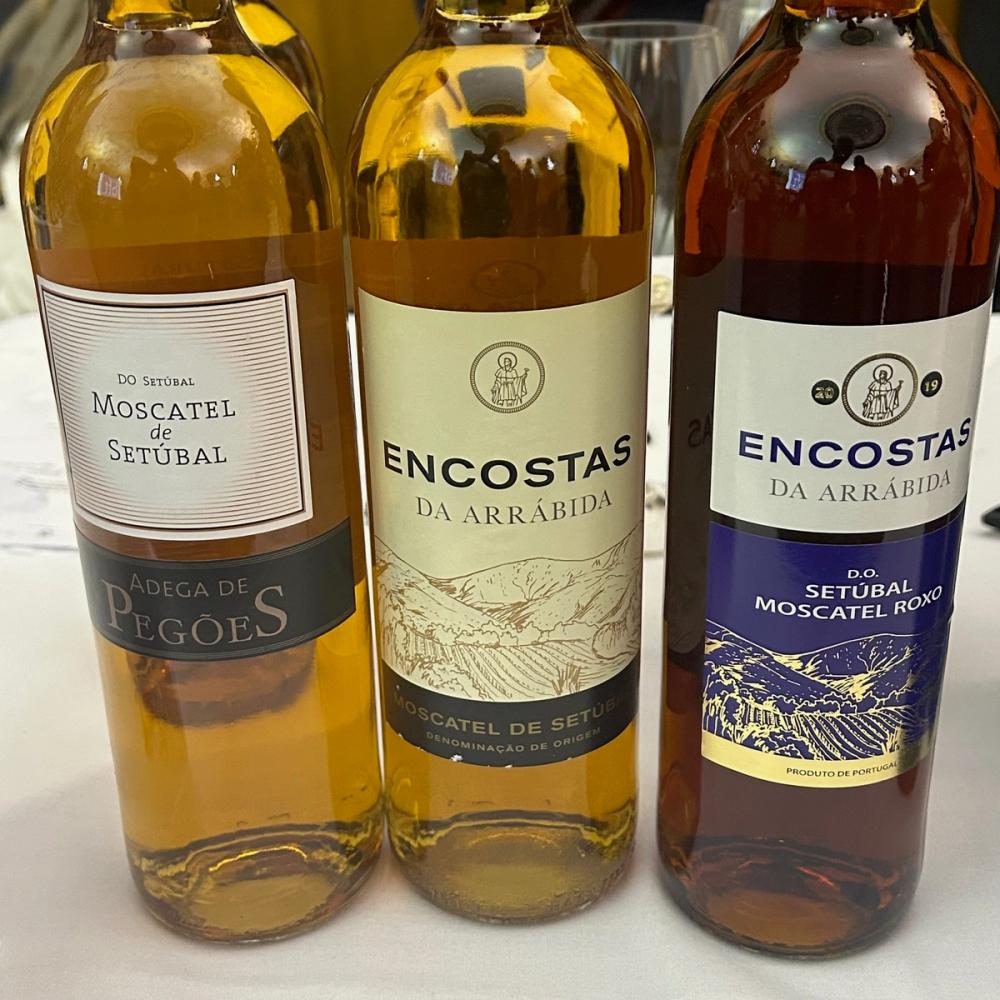
Adega de Pegões Moscatel de Setúbal
Another bargain, this time from Adega de Pegões, one of Portugal’s biggest co-ops. Made in 225 litre American oak barrels with a six-month maceration followed by two years ageing, this has a lovely woody grunt to its marmalade and spice notes that are lifted by a bright, fresh finish. £11.27 RRP Hallgarten & Novum Wines
Quinta do Piloto Moscatel de Setúbal 2021 Concrete Ãnforas
Trust Raymond Reynolds, pioneering importer of Portuguese wines for over 30 years, to sniff out Filipe Cardoso, the innovative winemaker and fourth generation at his family’s Quinta do Piloto in Palmela. This is macerated in 10,000 litre sealed cylindrical concrete vessels rather than oak barrels, so there is no micro-oxidation but the liquid constantly moves due to the convection currents within. A very happy experiment - floral and fresh with a caramelised-orange sweetness, it has 143g/l RS but is very light on its feet. RRP £18.80 Raymond Reynolds

Horácio Simões, ‘Excellent’ Moscatel Roxo de Setúbal NV
There are only 62 hectares of Moscatel Roxo, compared to 634 of Moscatel de Setúbal, so its wines are obviously rarer. This splendid example from the wine-selling branch of London’s brilliant Bar Douro is a steal; very pretty aromatics of rose petals, lychees and orange zest with luscious dried fruits, toffee and toasted nuts rounded off with a clean, minty freshness. RRP £21.50 Festa
Domingos Soares Franco, ‘Colecção Privada’ Moscatel de Setúbal Superior Cognac 1998
Domingos Soares Franco is the winemaker and vice-president of José Maria de Fonseca, and the youngest of the sixth generation of this famous wine company. This is one of his personal projects, experimenting with different spirits to fortify his wines. Here he used cognac, followed by a three-month maceration then 24 years ageing in a variety of very old barrels. Very special. RRP £40 Marta Vine
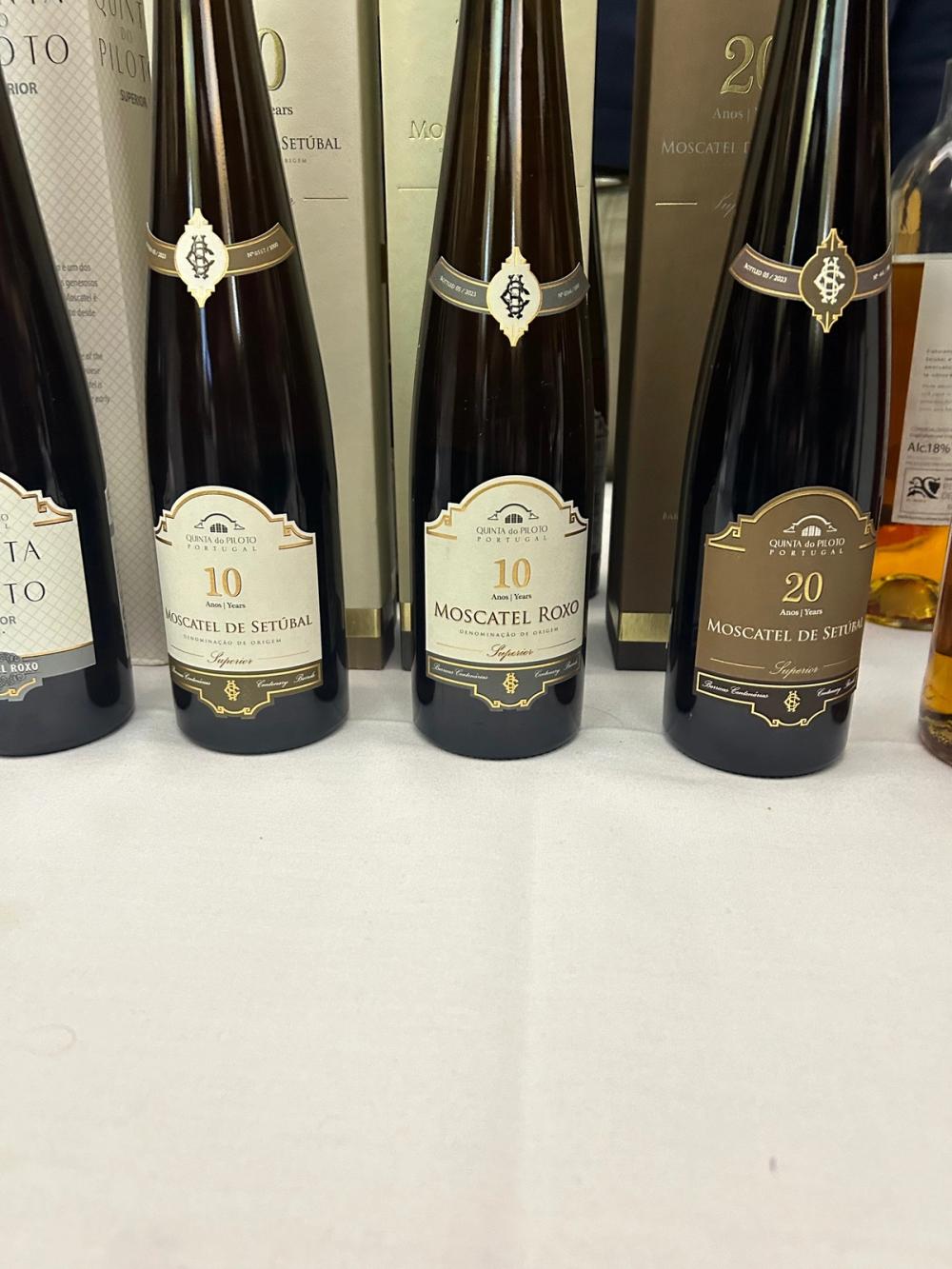
Quinta do Piloto Moscatel de Setúbal Superior 10 Anõs
Filipe Cardoso has a tiny corner of his winery where he ages some of his wines in the same old 100 litre chestnut barrels his grandfather used, never completely emptying them but leaving around 6% of their contents, what is known as the ‘mother' liquor, each time they’re refilled, much like the solera system in Jerez and completely unique in Setúbal. They give no discernible oak influence, rather add concentration and incredible complexity to this breathtaking wine, full of dried fruits, caramelised citrus, honey, a little rosemary and so much more. RRP £50 Raymond Reynolds
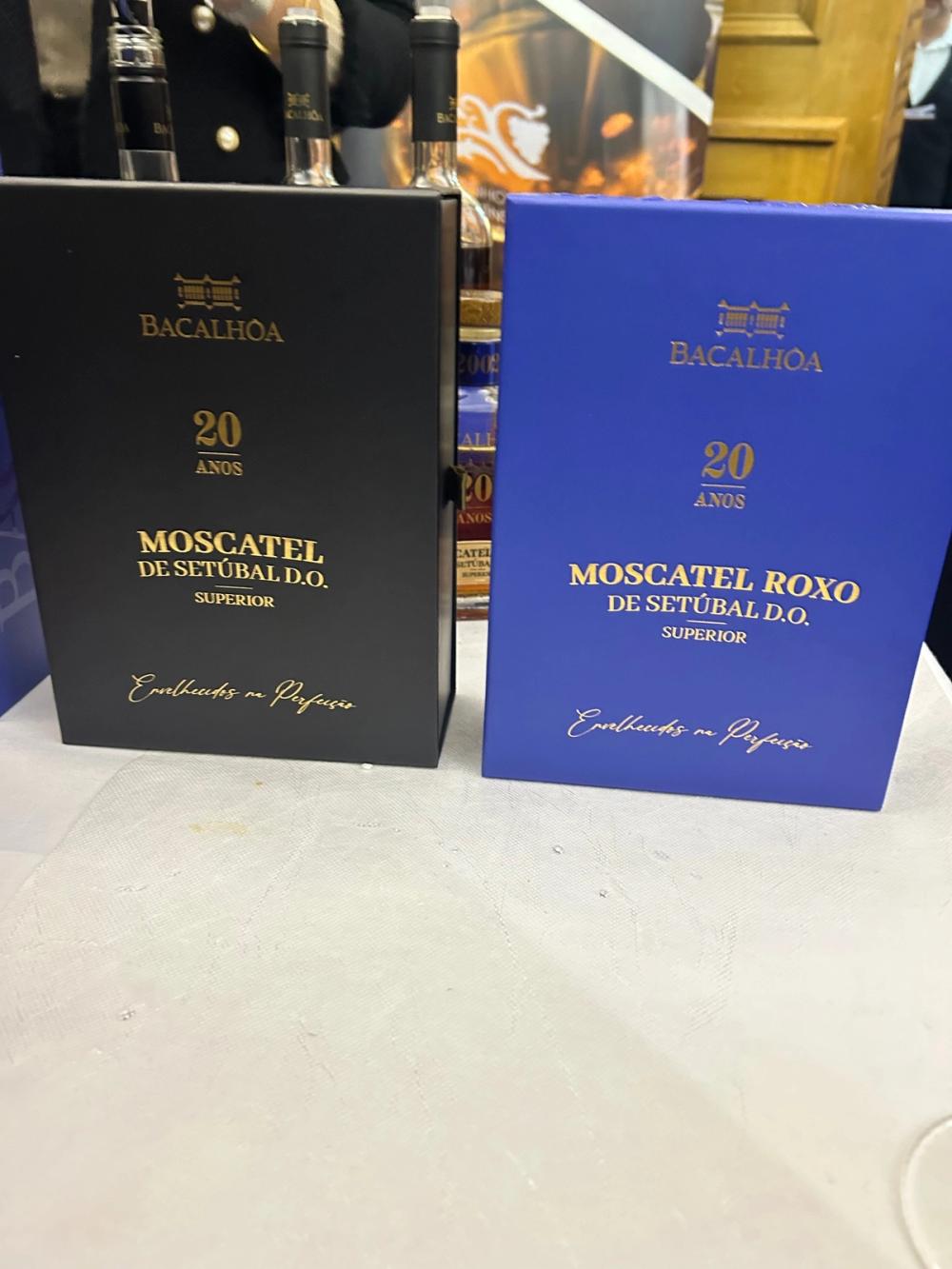
Bacalhôa, Moscatel de Setúbal Superior 20 Anõs 2000
An age-indicated wine that is a blend of wines all from the 2000 vintage grown on limestone/clay slopes. Aged in 220 litre - 300 litre French and American barrels previously used for wine and whiskey stacked in a greenhouse cellar where temperatures and humidity fluctuate wildly throughout the year. Concentrated and complex but very pure, its 300g/l RS beautifully balanced by 12g/l acidity, with a gorgeous velvet texture and lingering length. RRP £65 Ehrmanns
Venâncio da Costa Lima, Moscatel de Setúbal Reserve 30 Anõs
Wowzers. The style of this house is to fortify early to retain the freshness of the the wines which, as they age in French barriques, evolves into something quite incredible - caramelised walnuts, black cardamom, coffee, molasses lifted by a wonderful savoury acidity. RRP £82.95 Gauntleys of Nottingham
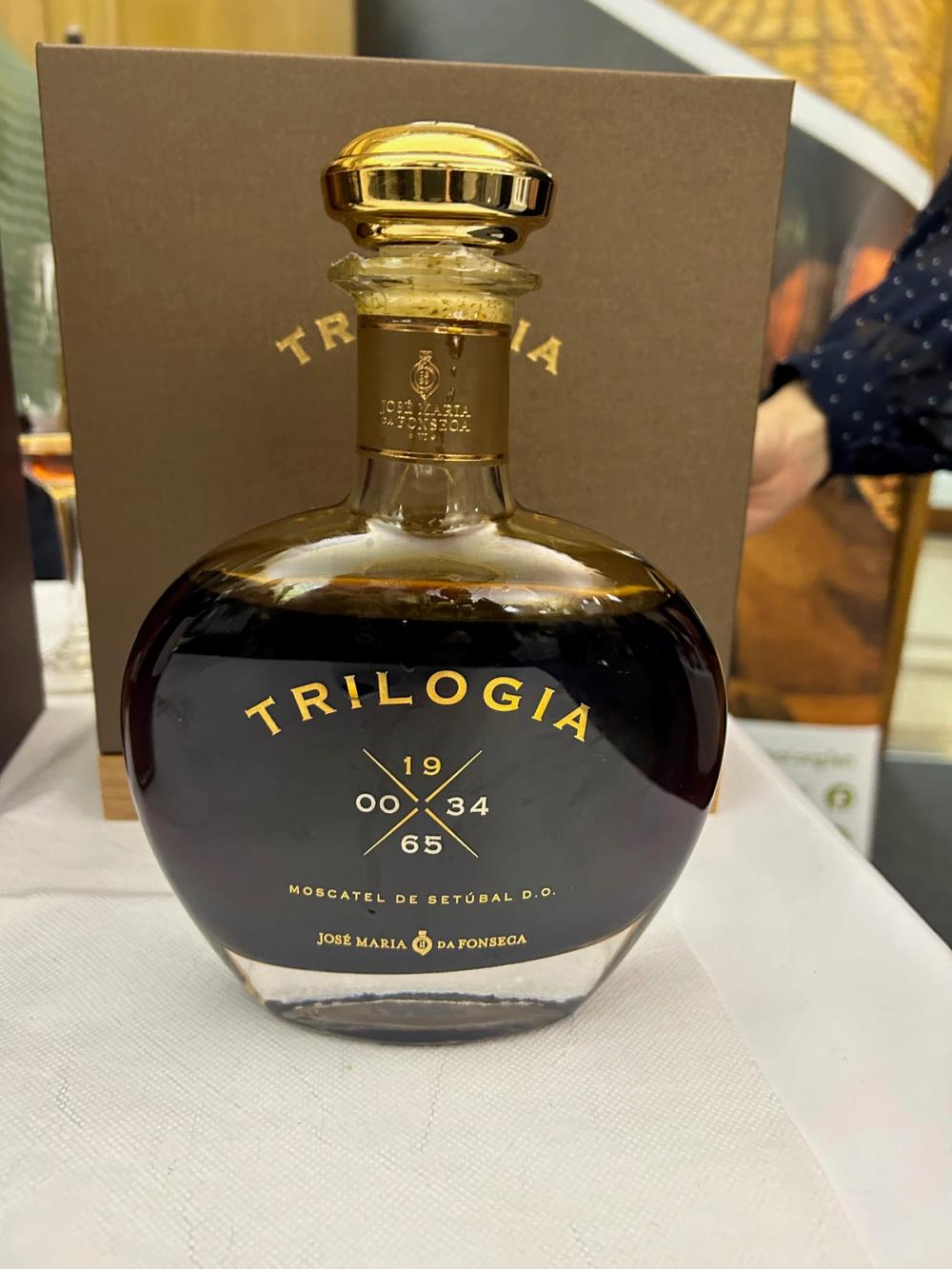
José Maria da Fonseca, ‘Trilogia’ Moscatel de Setúbal (1900, 1934, 1965)
A blend of the three best vintages of the 20th century, released in 1999 to celebrate the millennium, and every bit as special as you’d expect. All the wonders of brilliant winemaking and assiduous ageing carried with the thrill of drinking liquid history. Not available in the UK, it’ll set you back around €300 in Portugal should you be fortunate enough to find one for sale.
- You can find more about Setúbal Península Wines at its website: https://vinhosdapeninsuladesetubal.org/en/or contacting by email: geral@cvr-psetubal.com
- You can also reach the region’s PR agency in the UK hello@thewineagency.pt
- You can also follow on Facebook: vinhosdapeninsuladesetubal and Instagram: @vinhosdapeninsuladesetubal.
